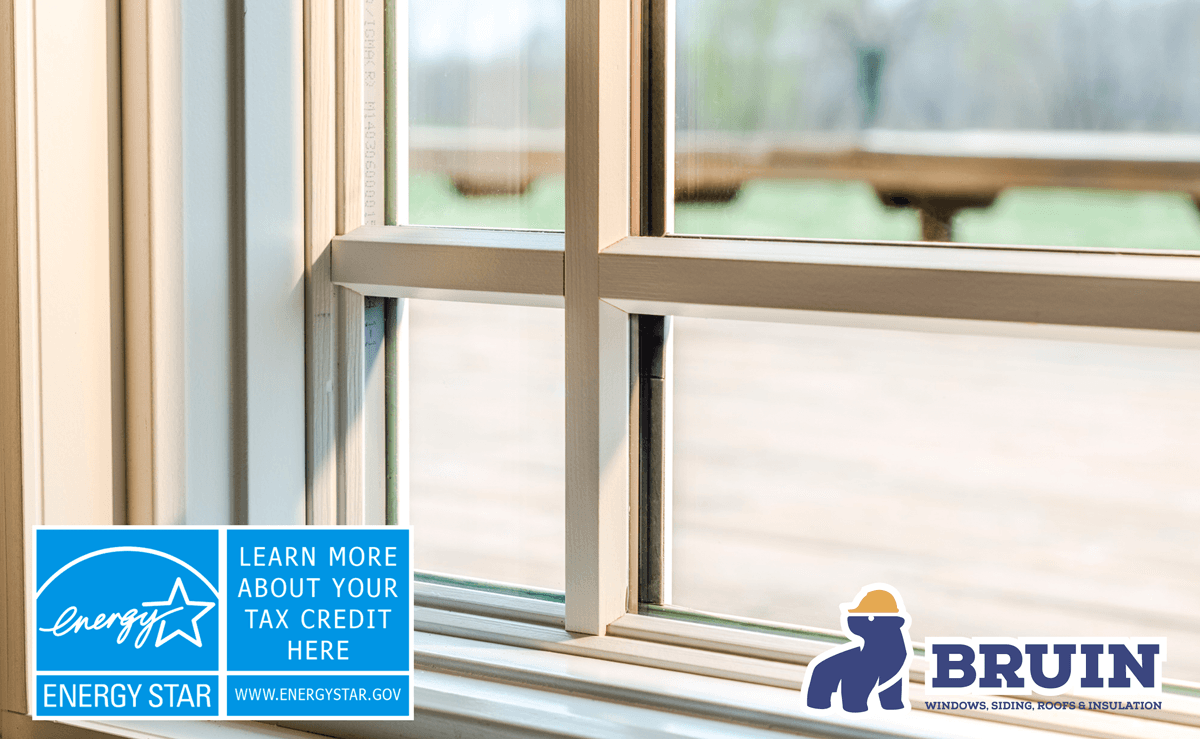Energy-efficient window replacements eligible for 2025 tax credits in USA offer a great opportunity for homeowners to save on energy costs while being environmentally conscious.
This article delves into the various materials that qualify for tax credits, the energy efficiency criteria required, and the long-term cost-effectiveness of different replacements.
Energy-Efficient Window Replacements Eligible for 2025 Tax Credits in the USA
Energy-efficient windows can help homeowners save on energy costs while also qualifying for tax credits in the USA. These windows are designed to reduce heat loss, minimize air leakage, and improve overall insulation in homes.
List of Energy-Efficient Window Materials
- Double-pane windows with low-emissivity (low-e) coatings
- Triple-pane windows with insulating gas fillings like argon or krypton
- Fiberglass frames with thermal breaks
- Vinyl frames with multiple chambers for enhanced insulation
- Wood frames with advanced weather-stripping
Energy Efficiency Criteria for Tax Credits
- U-factor: Should be 0.30 or lower for most climate zones
- Solar Heat Gain Coefficient (SHGC): Should be 0.25 or lower for tax credit eligibility
- Visible Transmittance (VT): Consider opting for windows with higher VT for natural light without sacrificing energy efficiency
- Air Leakage: Look for windows with minimal air leakage to prevent energy wastage
Cost-Effectiveness of Different Energy-Efficient Window Replacements
Energy-efficient windows may have a higher upfront cost compared to standard windows, but they offer significant long-term savings through reduced energy bills. Homeowners can recoup the initial investment over time due to lower heating and cooling costs, making them a cost-effective choice in the long run.
Government Incentives and Rebates for Energy-Efficient Window Replacements
Government incentives and rebates play a crucial role in promoting the adoption of energy-efficient window replacements among homeowners. These incentives help offset the initial cost of investment and encourage individuals to choose environmentally friendly options for their homes.
Federal Tax Credits for Energy-Efficient Window Replacements
- The federal government offers tax credits for homeowners who invest in energy-efficient windows as part of the Residential Renewable Energy Tax Credit program.
- Homeowners can claim a credit of up to 26% of the total cost of purchasing and installing qualified energy-efficient windows, subject to specific criteria and limitations.
- To be eligible for the federal tax credit, the energy-efficient windows must meet the Energy Star requirements and be installed in the taxpayer’s primary residence.
State-Level Incentives and Rebates
- Many states also offer their incentives and rebates for energy-efficient window replacements to further incentivize homeowners to make sustainable choices.
- These state-level programs vary in terms of eligibility criteria, credit amounts, and application processes, so homeowners should check with their state’s energy office or website for specific details.
- State incentives can supplement federal tax credits, providing additional savings for homeowners looking to upgrade their windows to more energy-efficient options.
Application Process for Claiming Tax Credits
- Homeowners seeking to claim tax credits for energy-efficient window replacements must file IRS Form 5695 along with their tax return.
- The form requires detailed information about the purchased windows, installation costs, and energy efficiency ratings to verify eligibility for the credit.
- It is essential to keep all receipts, invoices, and certification documents related to the window replacement project as proof of eligibility in case of an audit.
Impact of Government Incentives on Window Technology Adoption
- Government incentives and rebates have significantly boosted the adoption of energy-efficient window technologies across the country.
- By making these upgrades more affordable for homeowners, incentives have accelerated the transition towards sustainable and eco-friendly home improvement solutions.
- The availability of tax credits and rebates has not only reduced energy consumption and utility costs for households but also contributed to overall environmental conservation efforts.
Environmental Benefits of Energy-Efficient Window Replacements
Switching to energy-efficient windows offers a range of environmental advantages, making them a sustainable choice for homeowners looking to reduce their carbon footprint and improve indoor air quality.
Reducing Carbon Footprint
- Energy-efficient windows help lower energy consumption by reducing the need for heating and cooling, which in turn decreases greenhouse gas emissions from power plants.
- By using less energy to regulate indoor temperatures, these windows play a crucial role in mitigating climate change and promoting a more sustainable environment.
Contribution to Sustainable Living
- Energy-efficient windows are an essential component of sustainable living practices, as they help conserve energy and reduce overall environmental impact.
- By promoting energy conservation, these windows support a more eco-friendly lifestyle and contribute to long-term environmental sustainability.
Improving Indoor Air Quality and Comfort
- Energy-efficient windows are designed to prevent drafts and air leaks, creating a more comfortable indoor environment with consistent temperatures and improved air circulation.
- By reducing condensation and moisture buildup, these windows help prevent mold growth and maintain better indoor air quality for occupants.
Final Review
By understanding the benefits of energy-efficient window replacements and the available tax credits, homeowners can make informed decisions that not only save money but also contribute to a greener future.
